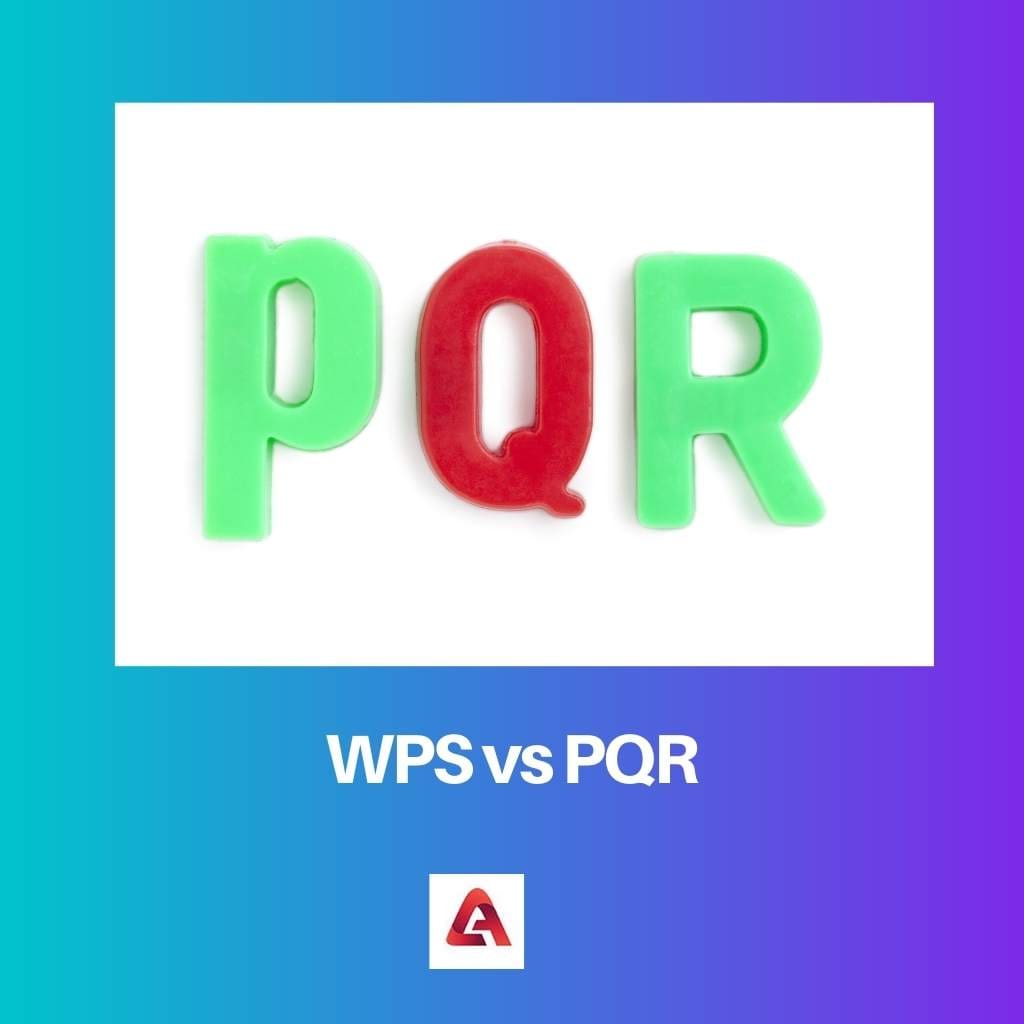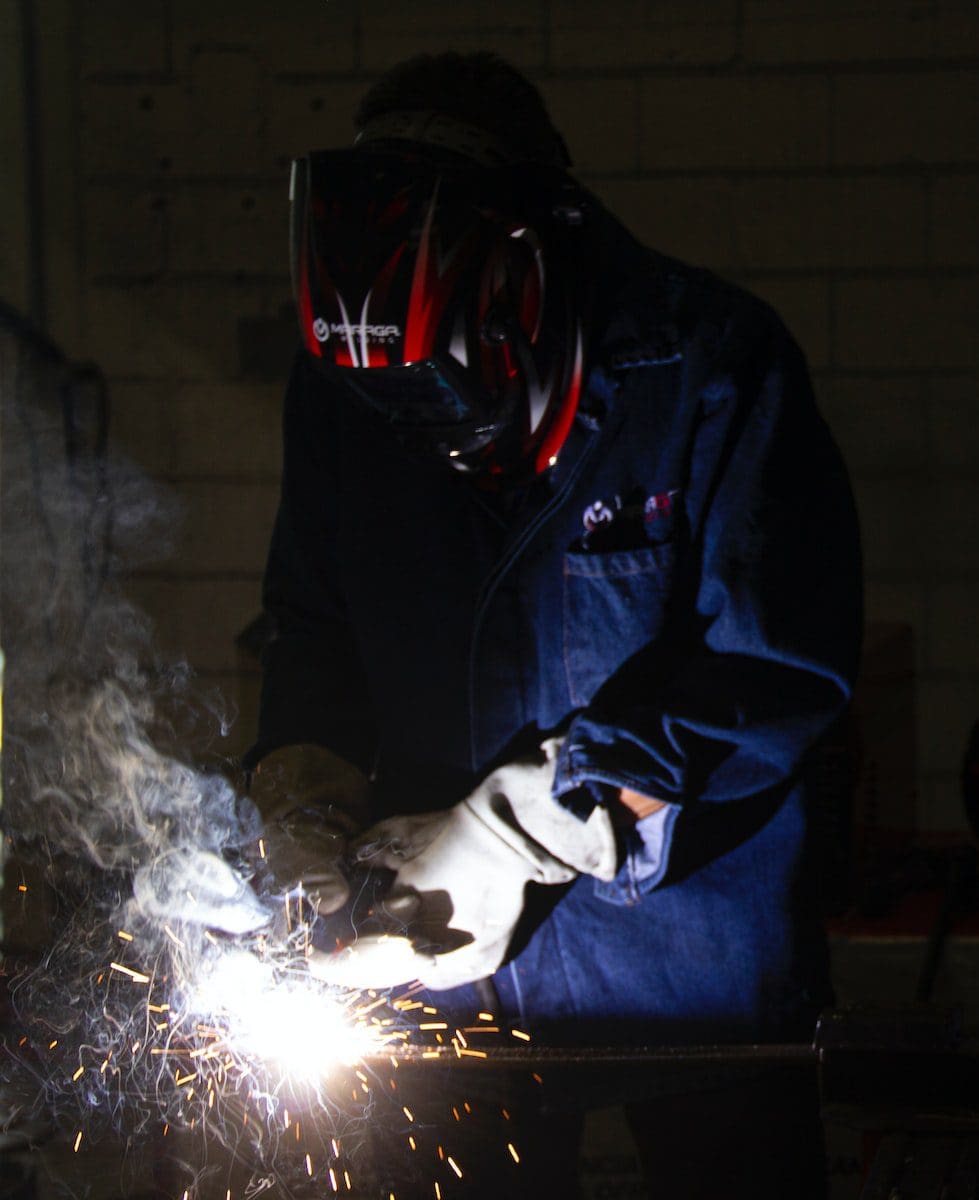WPS is welding procedure specification, whereas PQR is procedure specification record. These are some essential and mandatory documents to ensure that the welds comply with the rules.
Key Takeaways
- WPS, or welding procedure specification, outlines the welding procedure for production.
- PQR, or procedure qualification record, documents the testing and results of a specific welding procedure.
- WPS is created before welding begins, while PQR is created after welding.
WPS vs PQR
WPS is created and formulated by the engineers and welders to ensure the resultant product complies with all the rules and regulations. In contrast, PQR is used by those responsible for quality checking, inspections, and certifications.

WPS is popularly known as the welder’s guide, comprising all the product features, standards, quality, and code requirements.
PQR doesn’t talk about any ranges. It is just a result of the test conducted by the high officials who check the quality. It consists of the results obtained from the quality tests performed on the welded materials.
Comparison Table
| Parameters of Comparison | WPS | PQR |
|---|---|---|
| Contents | WPS contains information from the PQR and is written with PQR as guidance. | PQR is not documented with the WPS as the reference. |
| Generic or Not | WPS is not generic and contains a wide variety of relevant information. | PQR is generic and does not contain random information apart from whatever is needed. |
| Definition | WPS documents rules, restrictions, guidelines, and procedures to follow during welding. | PQR contains the observations prepared from the test conducted on the manufactured products. |
| Usage | WPS is used before the product is to be welded. | PQR is used after the product has been welded and the tests have been completed. |
| Place of Use | Welders in industries, factories, and workshops use WPS. | Licensed officers do PQR, and it is an out-of-industry document. |
What is WPS?
The procedure and the process specified in the document are tested and proved to aid the welders successfully. It ensures that safety, quality, and other factors are in check.
That is why the product should be manufactured and produced with the utmost care and comply with all the rules.
This great tool might be helpful for new welders; it helps them hone and develop their skills to the same level as the welders who have been welding for years.
This helps in achieving perfection, and also, the customers can rely on the welders if they follow the WPS, and the customers will receive good quality products. Some mechanical properties specified in the WPS are strength, toughness, durability, and more.

What is PQR?
PQR contains the product’s original method of preparation, testing, and quality test results. The document has the final results of all the tests conducted on the product.
It also enables and ensures the welder that this product is safe and worthy to be redesigned, manufactured, or replicated in future years.
The observations and inferences obtained from the tests are documented in this to provide accessible, appropriate, and standard access to people who would like to consider the purchase of the product and replication.
The results also include that of the tensile tests and also guided bend tests. It also discloses the name of the welder who manufactured it, the person in charge of inspection, and the names of the people involved in making observations from tests.
Main Differences Between WPS and PQR
WPS is used inside the industries, whereas PQR is used outside.

I appreciate the meticulous approach to explaining every aspect. Thoroughly insightful.
Exactly, Jodie. The attention to detail is commendable; it ensures zero ambiguity in understanding.
I think the WPS and PQR are the unsung heroes of the welding process. Imagine the uncertainty without them!
Jayden, you have a point there. The importance of these documents can’t be emphasized enough.
The writer has managed to present complex information in a very engaging fashion. Kudos!
Indeed, Benjamin. The writing style simplifies the understanding and keeps the readers hooked.
A very accurate and comprehensive comparison of WPS and PQR, something that every welder should be aware of.
Yes, it’s clear and concise but at the same time very detailed. Great read.
Agreed, Holmes. And the differentiation table helps in understanding the purpose of each
A well-defined and informative piece indeed. The readers get a fair idea of the significance of WPS and PQR.
Absolutely, Leo. The resources used for references are worth mentioning which adds credibility to the content.
I see where you’re going with this but doesn’t the WPS seem a bit unnecessary? It looks too detailed.
I believe it’s essential in ensuring the quality of the welding process, which shouldn’t be taken lightly.
This gave me a whole new perspective on WPS and PQR. Extremely enlightening.
Truly an eye-opener, Abigail. Loved the way it brings together the technical and practical aspects.
Absolutely, Marshall. Can’t help but appreciate the depth and clarity of the content.
What a fascinating revelation about these documents. I’m amazed at their critical role in welding.
Indeed, Adrian. It’s like unlocking a hidden treasure trove of information.
Absolutely, Murphy. Makes you realize the overlooked, yet pivotal role they play.
It might sound boring but it’s pretty vital. Great for those looking to understand the technical aspects of welding documents.
Agreed. It’s an informative and educational post for sure.
Not boring at all, Jackson. It’s intriguing and necessary for every welder to comprehend.
Having worked as a welder, I can testify to the significance of these documents. Well presented!